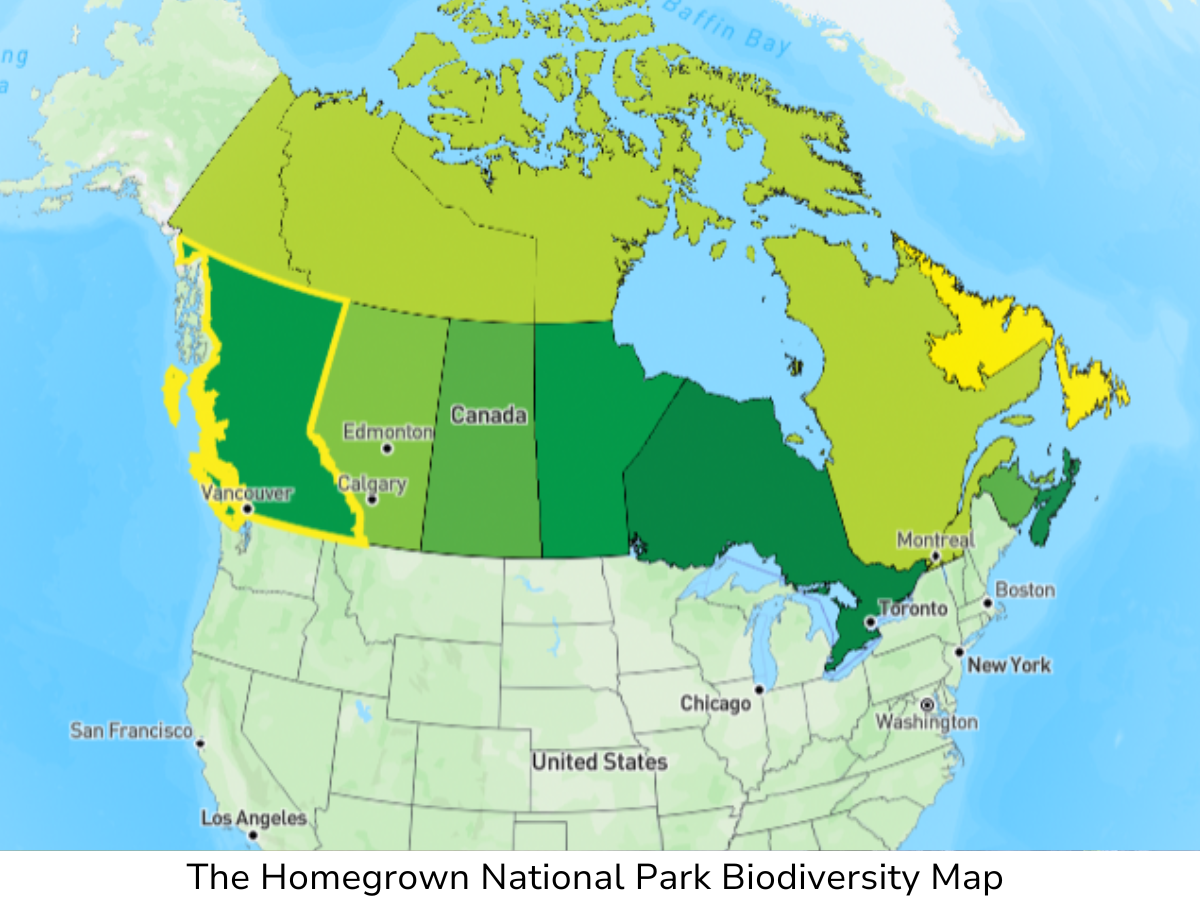This year in the rural community of Ryder Lake, Chilliwack, we witnessed thousands of Western Toads embark on their migration towards the forest. It was heartwarming to see the tadpoles transform into toadlets right before our eyes, and we’re excited to share their toad-ally amazing journey with you! We want to thank our amazing volunteers, the residents of the Ryder Lake community, Environment and Climate Change Canada who funded the project, and everyone who used the toadlet detour. Every one of you have helped make the toadlet migration a great one. Without the support, time, and effort that you each put into the project, it wouldn’t have been the success that it was.
Tadpole Time
First, we got to observe the toads in their tadpole stage. We checked on the tadpoles from mid June until the end of July when they transformed into toadlets. We watched them closely to estimate the timing of this transformation. On July 7th, we found hundreds of Western Toad tadpoles all travelling together, many of which had developed limb buds by then. On July 20th, the tadpoles, which had all four legs and some without tails, were congregating on the edge of the wetland preparing for their departure. The next week the toadlets were off, heading towards the forest!

The Toadlet Fence
To guide the amphibians towards the toad tunnel, it was our job to install temporary fences. The FVC crew, together with our awesome volunteers, worked tirelessly on July 7th, and 23rd to successfully install the temporary fencing along Elk View Road. Temporary fencing was built with silt fence material that was attached with staples to wooden stakes which were then hammered into the ground. Recycled garden hoses were then laid down and attached to the ground with metal pins to ensure the little toadlets couldn’t sneak their way underneath. In areas where hammering metal pins was not feasible, a trench was dug and backfilled. These temporary fences were built to complement the permanent fencing that was installed in 2020, and together these fences guided the toadlets toward the toad tunnel and culverts that let them safely cross the roads.

Following the Toadlets
On July 26, the toadlets began their migration toward the forest. As soon as the toadlets started to migrate, we began monitoring their journey. We surveyed plots marked along the roads that surround the wetland. We counted all the toadlets, living and dead, in and between these plots. We also recorded the mortality of any other wildlife we spotted along our survey route. These counts were compared to previous years to assess the effectiveness of the fencing and toad tunnel.

What We Learned About the 2022 Migration
The 2022 toadlet migration was small when compared to previous years. This is typical of Western Toads, whose populations have cycles of high numbers and low numbers. This year, the majority of the toadlets migrated through the toad tunnel area, so we did not have to adjust the detour route.
In the first week of the migration, thousands of toads passed under the road into the forest and we learned just how fast this migration can occur. Within a few days, the number of toadlets migrating reduced to a trickle.
The fencing guided most toadlets through the tunnel with minimal road mortality. The 2022 toadlet migration was a success!

What You Can Do to Help
There are many things you can do to continue to support the amphibians in Ryder Lake:
- Sign up as a volunteer to receive call-outs for migration fencing installs and road surveys
- Follow us on social media to receive updates on the status of the migration, detour routes, and other amphibian information
- Follow the voluntary road detour during the migration
- Share information on social media and help us spread the word about the detour
- Join the FVC as a member to support our work


